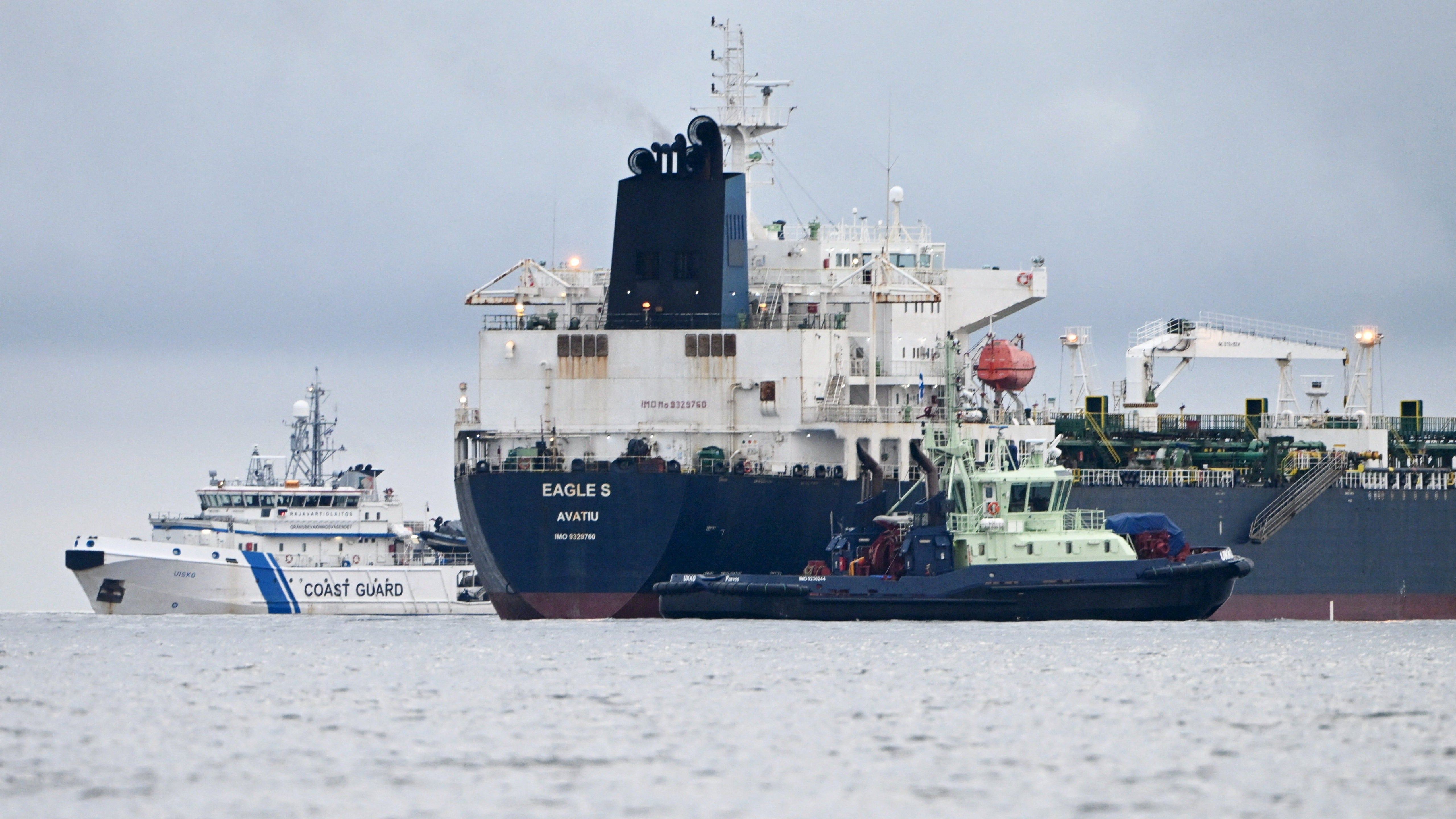Estonia steps up patrols in the icy Baltic Sea in a show of force after suspected cable sabotage
Share:
As they plied the gray, icy waters of the Baltic Sea west of Russia on Thursday, the crew of the Estonian minehunter EML Sakala kept a careful eye on any vessels slowing down suspiciously or suddenly changing course. They use binoculars and cameras with long zoom lenses, logging the names of ships, scouring them for missing anchors or trailing cables. The Sakala has approached about 200 vessels in a week at sea.
It is one of three Estonian navy ships that are part of stepped-up maritime patrols by NATO countries after the Estlink-2 power cable and communication links between Finland and Estonia were damaged Dec. 25. A month earlier, two other undersea data cables were damaged.
Suspicion immediately fell on Russia, although nothing has been proven and the Kremlin denied involvement in damaging the infrastructure, which provides power and communication for thousands of Europeans. For the West, the incidents are a test of resolve in the face of what are believed to be widespread sabotage attacks in Europe allegedly linked to Moscow following its full-scale invasion of Ukraine in 2022.
“The main thing is to show force,” Lt. Cmdr. Meelis Kants of the Estonian navy told The Associated Press aboard the Sakala. After the Dec. 25 incident with the Estlink 2, Finnish police and border guards seized the Eagle S, an oil tanker that had just left a Russian port, after it was suspected of cutting the power and four telecommunications cables by dragging its anchor.
The Eagle S, flagged in the Cook Islands in the South Pacific, is suspected of being part of Moscow’s “shadow fleet” used to avoid sanctions on Russian oil exports, Finnish authorities said. The ship was carrying 35,000 tons of oil and investigators allege it left a drag trail with its anchor for almost 100 kilometers (62 miles) on the sea bed before it was stopped and escorted to the vicinity of a Finnish port.






















